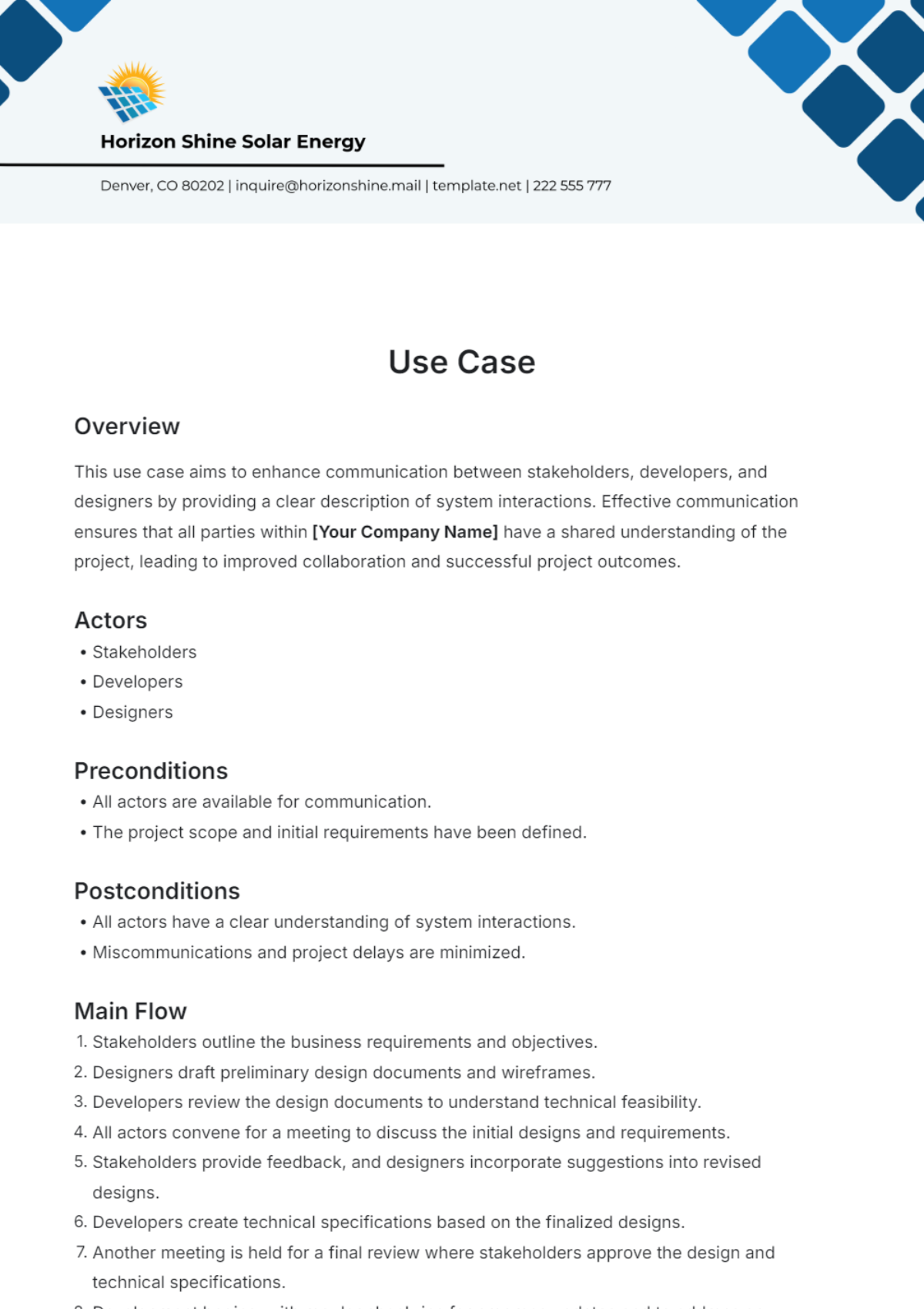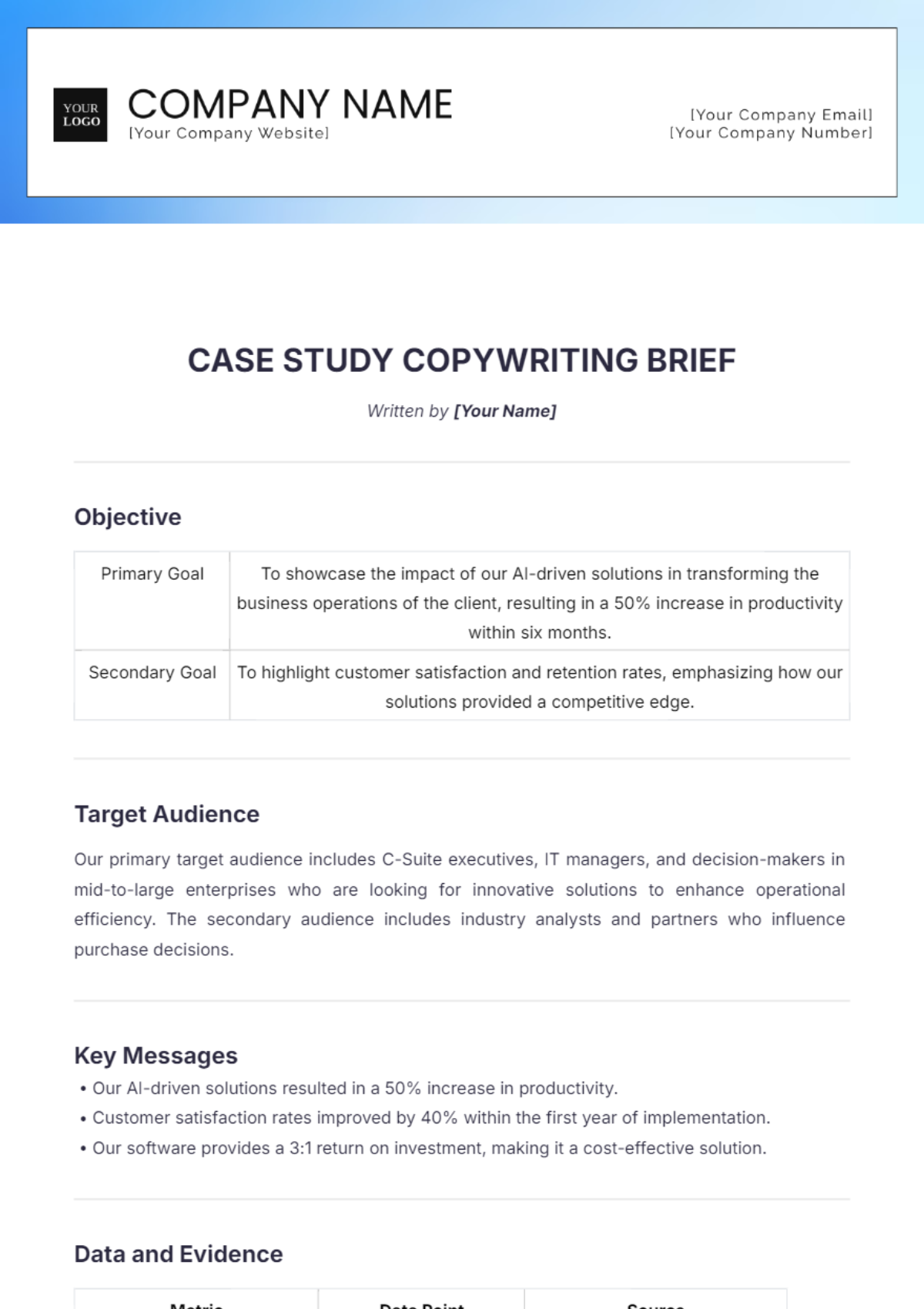Product Management Case Study
This case study, prepared by [YOUR NAME], under the guidance and framework of [YOUR COMPANY NAME], aims to outline the key challenges faced by product managers, the decision-making processes involved, and the strategic approaches employed to overcome these challenges. This document serves as an invaluable resource for both aspiring and current product managers aiming to refine their skill sets and enhance their understanding of product management nuances.
I. Introduction
The realm of product management is dynamic and requires continuous learning and adaptation. This case study focuses on a specific product management scenario encountered by [YOUR NAME] at [YOUR COMPANY NAME], within the [YOUR DEPARTMENT] department. It illustrates how certain challenges were addressed and what strategies were effective in managing the product lifecycle effectively.
II. Objectives
To analyze the challenges faced during the development and launch of [PRODUCT NAME] and evaluate the strategic approaches employed to overcome these challenges, providing valuable insights for product managers seeking to enhance their skill sets and navigate complex product lifecycles effectively.
To document the decision-making processes involved in addressing key challenges such as integrating customer feedback, aligning product features with market demands, and managing scalability issues, thereby offering a structured framework for product managers to make informed decisions and prioritize effectively in dynamic business environments.
III. Background
The case revolves around the development and launch of [PRODUCT NAME], which was aimed to address [TARGET MARKET/ISSUE]. The initial concept had promising prospects but also presented substantial challenges that tested the robustness of our product management practices.
Key elements considered in the background include market analysis, customer feedback, and initial feature set, which together created the framework necessary for navigating the subsequent challenges.
IV. Challenges Faced
The development of [PRODUCT NAME] encountered several significant challenges:
Integrating customer feedback into the product design.
Aligning product features with market demands within the projected timeline.
Scalability issues related to technology and user base growth.
These challenges were critical as they directly impacted the potential success of the product in a competitive market.
V. Decision-Making Process
Addressing these challenges required strategic decision-making and prioritization. The decision-making process involved the following steps:
Assessment of the risks and benefits of each major decision point.
Consultations with key stakeholders and department heads to gather diverse insights.
Iterative testing phases to ensure that each solution aligns with the overall product vision.
This structured approach ensured that decisions were made with a balance of speed and accuracy, optimizing for the best possible outcome.
VI. Strategies Implemented
With a clear decision-making framework in place, several strategies were employed to overcome the identified challenges:
Implementation of an agile development process to accommodate rapid changes.
Leveraging data analytics for informed feature prioritization.
Enhanced communication channels for better stakeholder engagement.
These strategies were pivotal in steering the product development back on track and aligning it closer to the needs of the target market.
VII. Results and Key Insights
The outcomes from the implementation of these strategies were remarkably positive. [PRODUCT NAME] was able to capture a considerable share of the market shortly after its launch, fulfilling its intended market role efficiently.
Moreover, the experience provided several critical insights:
The importance of flexibility in product management.
The value of stakeholder feedback at every stage of the product lifecycle.
The effectiveness of an iterative approach in managing complex product challenges.
These insights are now part of [YOUR COMPANY NAME]'s product management guidelines, helping to refine future projects and strategic decisions.
VIII. Conclusion
This case study not only highlights the specifics of managing [PRODUCT NAME] but also offers broader insights into the skill sets necessary for effective product management. Through the lessons learned from the challenges and strategic decisions made, product managers at [YOUR COMPANY NAME] are better equipped to handle similar scenarios in the future, ultimately enhancing their capabilities and effectiveness in their roles.
Compiled by [YOUR NAME], this document reflects the concerted efforts and innovative strategies of the [YOUR DEPARTMENT] team at [YOUR COMPANY NAME] towards achieving excellence in product management.
Prepared By:
[YOUR NAME]
[YOUR COMPANY NAME]
[DATE]

















































